Source: Extraordinary Living Blog
This year’s Consumer Electronics Show (CES) in Las Vegas continued the trend we’ve highlighted in years past towards new and exciting connected devices for the home. Of particular note this year is the integration of other key technology segments.
Voice Assistants
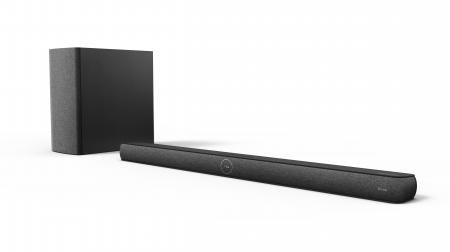
As evidenced by the proliferation of Amazon Echos and Google Homes throughout the world (not to mention the iOS counterpart, Siri, introduced over 6 years ago), the sprint towards Star Trek-level voice control continues unabated. CES this year highlighted hundreds of devices powered primarily by Google Assistant and Amazon Alexa (with Microsoft’s Cortana bringing up the rear and Apple’s Siri practically non-existent), with one of the most practical and useful being a Roku-enabled Smart Soundbar by upstart manufacturer TCL. Instead of stumbling with multiple remotes to control the volume, picture settings, or navigation on your connected streaming devices, you can simply ask Roku to “watch Netflix” or “play Pandora” and it will immediately perform the command and control any devices needed to do so.
Augmented & Virtual Reality
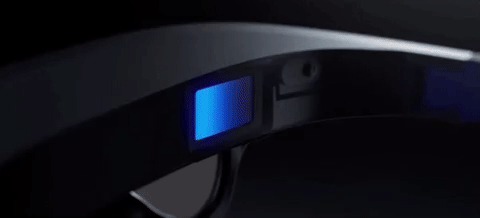
Augmented Reality (AR) is taking a huge step forward this year, with new phones and tablet devices making the most out of the technologies being built by Google and Apple. At CES, this is reflected in some new gadgets, including a pair of glasses from Rokid that will combine voice control, artificial intelligence, physical gestures, and facial recognition to create an immersive Heads-Up Display (HUD) to push forward the wearable AR world forward.
Not to be forgotten, Virtual Reality is still a major influence this year, with one of the most enticing additions also being one of the most obvious – wireless VR headsets. HTC, with their VIVE line of devices arguably the current leader in the dedicated headset space, announced the availability of a wireless adaptor that will allow full, untethered motion. Given the VIVE’s truly impressive picture fidelity, adding this freedom of movement will contribute tremendously to a fully immersive VR experience.
Smart Lighting
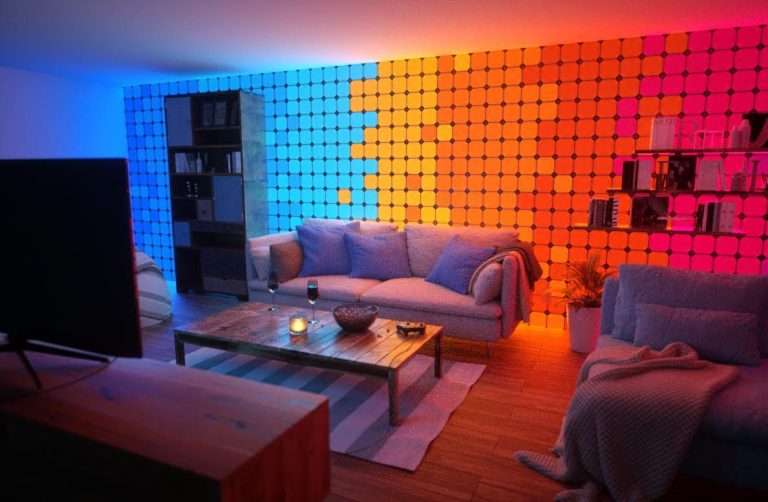
While the aforementioned Echo and Home devices have brought the ability to control your lights with a simple phrase to the masses, the application of smart lighting is still fairly simplistic. While Philips was one of the first manufactures to bring color control to the masses with their Hue kit, at CES a company called Nanoleaf is looking to transform not just your lightbulbs, but your walls into an infinite palate. An update to their existing Nanoleaf Light Panels (formerly Aurora), their new offering is a square LED panel that can be arranged across a wall to offer full visual and color control. The most obvious initial application would be storefronts and nightclubs, where you can imagine a color visualization synced to pulse-pounding music. However, the end goal is to apply to the home, where the application could have a dramatic effect on the mood of the user and the style of the living space.
Ultra High Definition TVs with High Dynamic Range
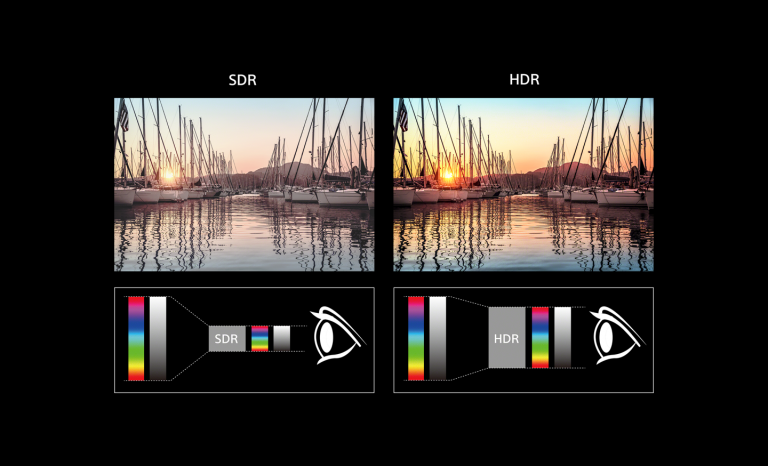
With Apple coming into the 4K fray late last year, 4K content, displays, and devices continue to be the big thing in home entertainment. While resolution tends to be the preferred talk track of manufactures (and CES had its share of niche 8K displays as proof-of-concepts), there’s also been a shift towards content and displays that take advantage of High Dynamic Range (HDR). HDR essentially allows for an incredibly large color palate when compared to previous video formats, showing more realistic colors from the darkest blacks to the brightest whites. As Consumer Reports describes it, while traditional non-HDR displays can show up to 17 million unique colors, displays utilizing HDR can reveal up to 1 billion colors (that’s billion, with a ‘B’).
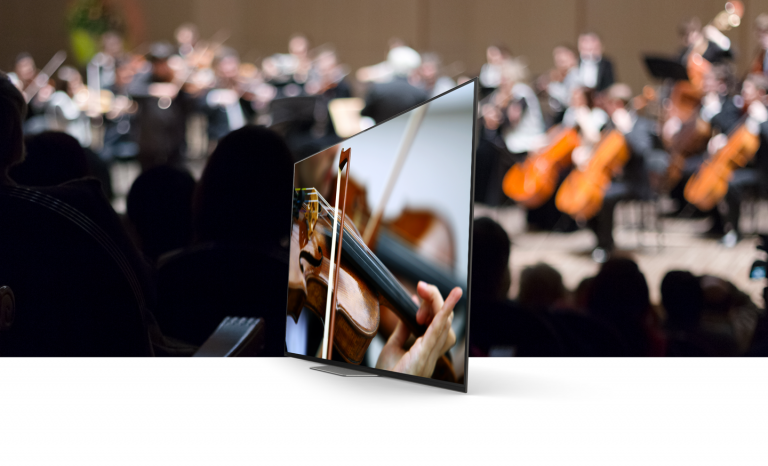
Sony was one of many TV display manufactures to showcase their new 4K HDR TVs, which now include support for the recently announced HDR 10 standard, which will bring an even larger range of colors to content moving forward. Their AF8 Bravia OLED UHDTV is one such example, and even has a unique approach to sound – instead of having a dedicated speaker system, the TV uses the display itself to project the sound outward.
“Out-of-the-Box” Gadgets
The wildcard technologies are often the most fun at CES. Some interesting ones this year included:
Food storage that will notify you when your food will go bad
Wirelessly-chargeable ‘smart’ undergarments
A carry-on suitcase that will autonomously follow you
Toyota’s self-driving “e-Palette” Concept Vehicle, which has launch partners including Amazon, Uber, and (straight out of Black Mirror) Pizza Hut
Not all of these are fully practical, but there is one that every home in the world will want – FoldiMate, a machine that will fold your clothes for you. It supports shirts and pants in children’s sizes up through XXL, as well as sheets and pillowcases, and provides them to you in a neat, single pile that you can place directly into your closet or drawer.
Never has the future felt so useful.